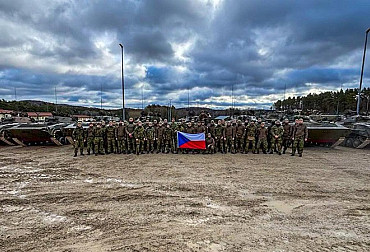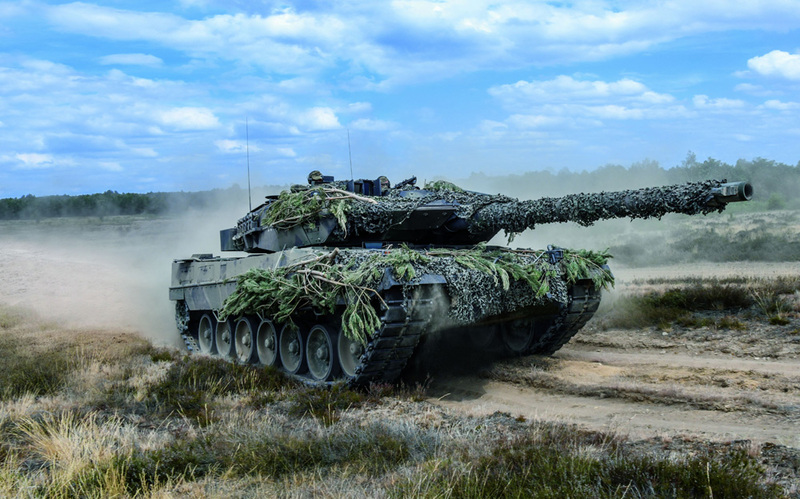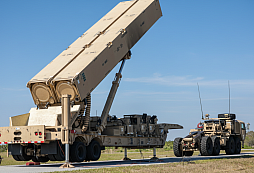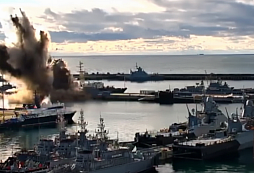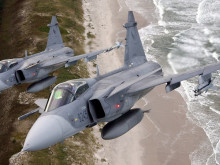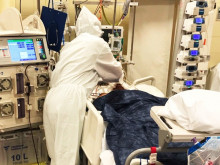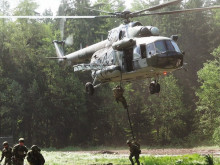In the issue of purchasing new equipment for the Czech Armed Forces, it is necessary not to delay and to act quickly
The current war in Ukraine, in addition to the implications regarding the use of various weapon systems, also points to the need to arm European armies and provide them with sufficient ammunition supplies in a very short time. Ukraine clearly shows that tanks and artillery systems (especially missile systems) play an important role on the modern battlefield and are far from being the museum pieces that some claim they are. Therefore, the acquisition of such equipment is among the priorities of many European states, as confirmed by the recent purchases by Poland and Norway.
In the case of Poland, this includes the huge purchase of HIMARS rocket launchers for around USD 10 billion. The purchase includes 18 vehicles, 468 Launcher Loader Modules, 45 ATACMS (Army Tactical Missiles), 461 GMLRS-AW (Guided Multiple Launch Rocket System Alternative Warhead), 521 GMLRS-U (Guided Multiple Launch Rocket System Unitary) and 532 GMLRS-ER AW (Guided Multiple Launch Rocket System - Extended Range Alternative Warhead) missiles. The purchase also includes training service and other support. This follows Poland's previous order from 2018, which includes 20 vehicles and dozens of missiles and is valued at $600 million. It is also worth mentioning in the case of Poland that at the end of last year it managed to complete the purchase of 218 missile launchers from South Korea. Leaving aside the question of whether such diversified artillery assets are sustainable, it should be borne in mind that Poland is not delaying the modernisation of its armed forces, but rather accelerating it, certainly in response to the conflict in Ukraine. In the context of the HIMARS missile launcher, it should also be remembered that Poland and other European countries are not the only potential buyers of this system. At the beginning of September last year, the Taiwanese Ministry of Defence published a budget for 2023, which envisages the purchase of 29 HIMARS missile launchers, 84 ATACMS missiles and 864 unspecified cruise missiles. Moreover, arming Taiwan is a priority for the United States.
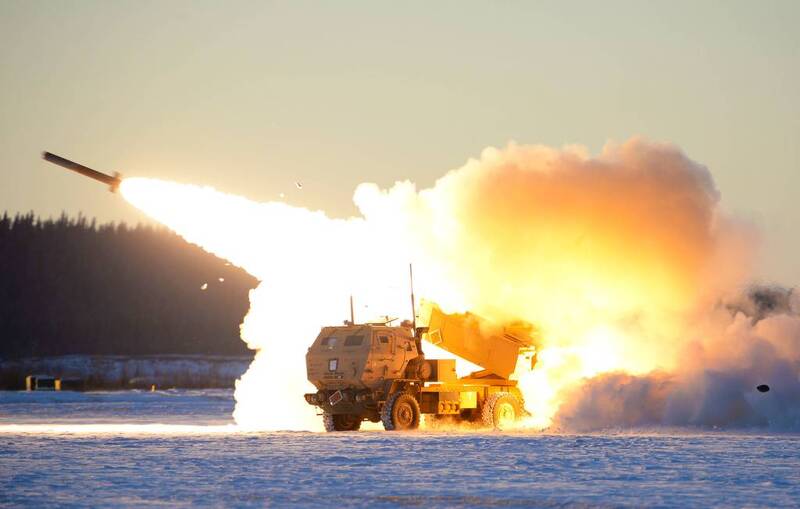 Picture: M142 High Mobility Artillery Rocket Systems (HIMARS) | Beaux Hebert / Air Force
Picture: M142 High Mobility Artillery Rocket Systems (HIMARS) | Beaux Hebert / Air Force
The second example is Norway and its purchase of Leopard 2 A7 tanks to replace the existing Leopard 2 A4s between 2026 and 2031. In total, Norway is buying 54 tanks with an option to order 18 more. The contract is expected to be signed in the near future. In total, Norway may have up to 72 new Leopard 2 A7 tanks. However, even this relatively small number may put a significant strain on current production capacities, and it should be noted that some European countries have decided to send these tanks to Ukraine, which means that demand for this particular weapon system will be very high in the coming years. To this should be added the countries that have already ordered Leopard tanks, such as Hungary. It is this country that is expecting the delivery of 44 Leopard 2 A7 tanks. I mention the purchase of Leopard 2 A7 tanks mainly in the context of the fact that the Ministry of Defence of the Czech Republic has also shown potential interest in these tanks, as on 18 May 2022, the Minister of Defence Jana Černochová agreed with the German Minister of Defence Christine Lambrecht on the donation of 14 Leopard 2 A4 tanks and one recovery tank on the same platform, and added that both parties will also start negotiations on the possibility of acquiring up to 50 tanks of the most modern version 2 A7+ for the Czech Army in the coming years.
The above examples show that in the context of Ukraine, European countries will try to strengthen their defence capabilities as much as possible this year and next year and will want to sign as many contracts for the supply of military equipment as soon as possible. That is why purchases of important weapon systems, such as the aforementioned tanks or rocket artillery, must not be delayed and must be acted on quickly. Given the attitude of neighbouring states, it may also happen by the end of the decade that the Czech Armed Forces will not receive, for example, the aforementioned tanks on time, which would significantly worsen the Czech Republic's defence capability and negatively affect the defence capability of the entire Alliance. In the field of missile launchers, the question is whether the Czech Republic could use the capacities of its domestic defence industry (RM-70 Vampire) to partially compensate for the high demand in this area. One solution could be to seek to license the production of some weapon systems in the Czech Republic. It is clear that this option is a long-distance run, but ultimately it can significantly help the Czech economy and, in particular, it can significantly strengthen the defence capability of the Czech Republic and, by extension, of the Alliance as a whole. It should also be taken into account that the Czech Armed Forces do not currently possess rocket artillery, which complicates the possible acquisition of modern rocket launchers in terms of the need to reintroduce this capability.
However, the speed of armament and the associated production capacity are not only related to tanks or rocket launchers. This issue also concerns, for example, air defence assets, self-propelled mortars, as well as communications or reconnaissance assets. At this point in time, it is simply necessary not to delay and to act quickly, as the demand is already high (and will continue to increase in the future) and the number of manufacturers is limited, and the raw materials for production are largely not diversified or drawn from Asia.
















